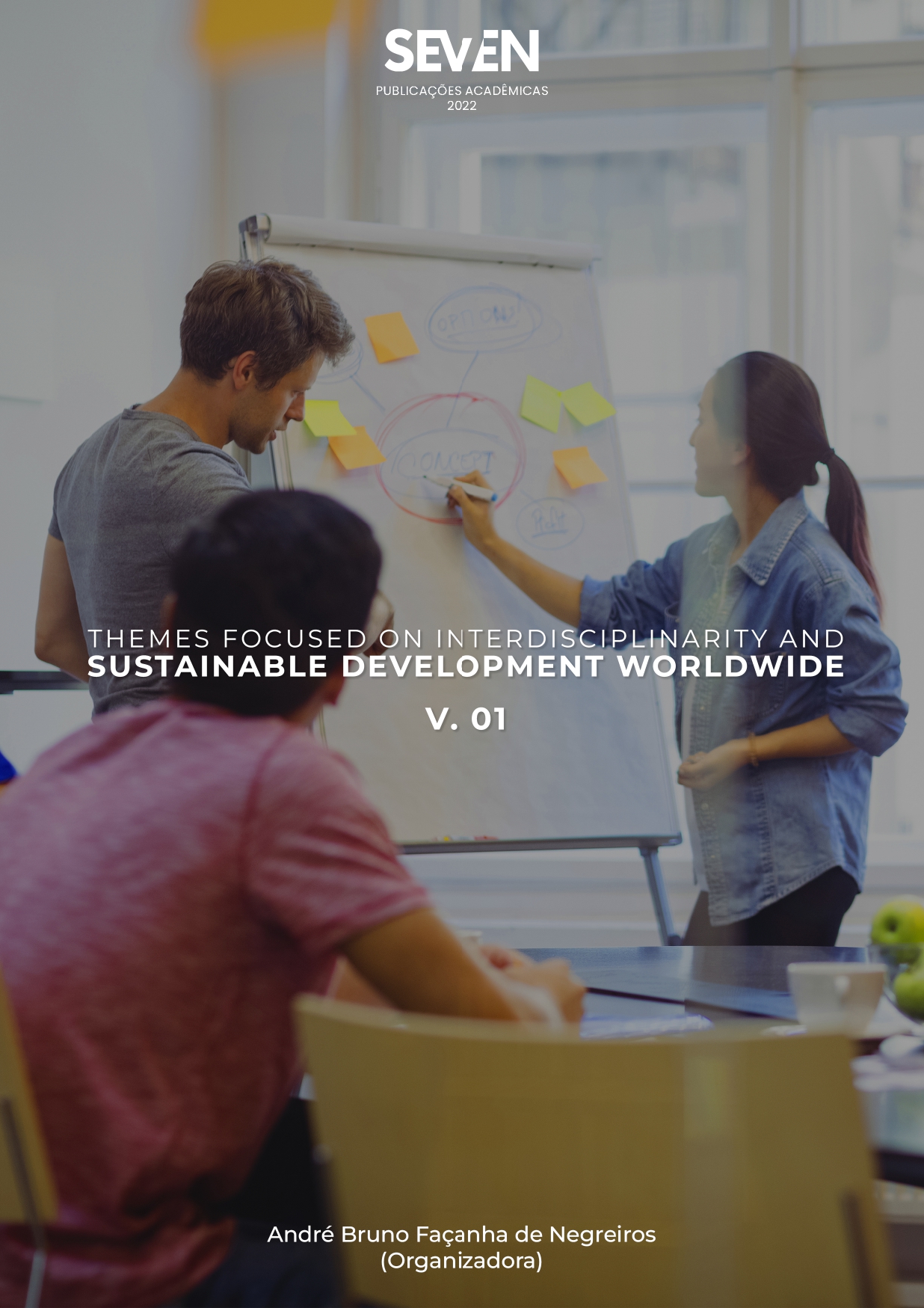Severe Acute Respiratory Syndrome caused by New Coronavirus (COVID-19) and influenza viruses in Brazil: Descriptive analytical observational retrospective study
Keywords:
Sick, Infection, Health Public, New coronavirus, InfluenzaAbstract
The World Health Organization monitors diseases that can spread rapidly, including infections that may result in severe acute respiratory syndrome. New coronavirus and influenza are etiological agents capable of causing SARS. This is a descriptive-analytical observational retrospective study based on secondary data extracted from epidemiological bulletins (EB) from weeks 01 to 48, the Ministry of Health on COVID-19 and Influenza virus, consulted until November 28, 2020. The Ministry of Health received the first notification of a confirmed case of COVID-19 in Brazil on February 26, 2020. From February 26 to November 28, 2020, 6,314,740 cases and, 172,833 deaths from COVID-19 in Brazil were confirmed. The highest mortality rate was observed in the Midwest region (98.9 / 100 thousand inhabitants). The pandemic has already a high rate of serious morbidity and mortality in older adults and is higher than in the influenza pandemic. In Brazil, the numbers have increased and there are already cases of re-infection shared by some health centers. We cannot think that other pandemics will not occur, we must learn from this experience and prepare ourselves with new tests, adequate stocks of personal protective equipment, and, the capacity for intensive care.
Downloads
Published
Issue
Section
License
Copyright (c) 2023 Paulo Alex Neves da Silva, Célia Regina Malveste Ito, Mônica de Oliveira Santos, Lucas Cândido Gonçalves, Lilian Carla Carneiro

This work is licensed under a Creative Commons Attribution-NonCommercial-NoDerivatives 4.0 International License.





